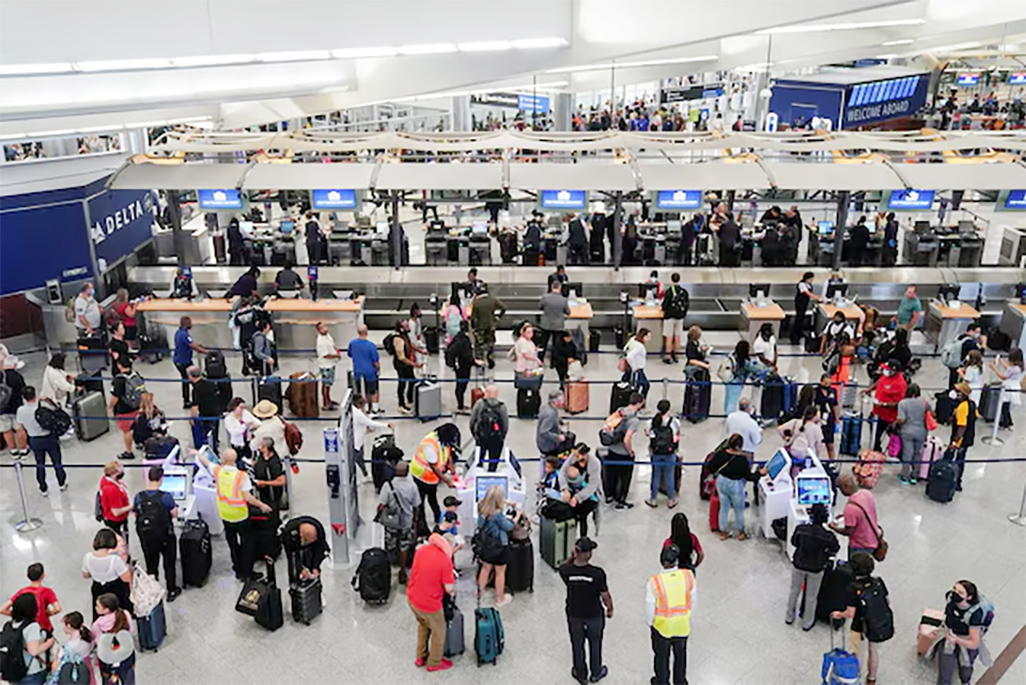U.S. airlines on Friday scrambled to cut 4% of flights at 40 major airports after the government imposed an unprecedented cut to air travel citing air traffic control safety concerns because of a record-setting government shutdown.
The cuts, which began at 6 a.m. ET (1100 GMT), include about 700 flights from the four largest carriers – American Airlines, Delta Air Lines, Southwest Airlines and United Airlines -and are set to rise to 6% on Tuesday and then 10% by November 14 if the shutdown does not end.
The cuts don’t apply to international flights.
MORE CUTS WOULD BE ‘PROBLEMATIC’, AMERICAN AIRLINES SAYS
American Airlines CEO Robert Isom does not expect significant disruption for customers from initial government-ordered flight reductions, he said on Friday, warning that increased cuts would be “problematic.”
“This level of cancellation is going to grow over time and that’s something that is going to be problematic,” Isom told CNBC.
Cuts are expected to be less Saturday since airlines generally fly fewer flights on Saturdays.
United Airlines said half of its impacted customers were able to be rebooked within four hours of their original departure time.
The Federal Aviation Administration did not publish the list of airports impacted until 7:30 p.m. ET Thursday – less than 12 hours before the cuts took effect – and largely rejected concerns airlines raised after they received a draft order.
Airlines were also dealing with the fallout from continuing air traffic controller absences as the FAA slows flights to address staffing issues. Earlier this week, FAA Administrator Bryan Bedford said 20-40% of controllers were not showing up for work on any given day.
During the record long 38-day government shutdown, 13,000 air traffic controllers and 50,000 security screeners have been forced to work without pay.
The FAA on Friday imposed ground delay programs slowing flights at Austin and Reagan Washington National due to staff shortages.
The FAA is restricting space launches as well.
It also warned it could reject specific cuts if they disproportionately impacted certain communities and could cut up to 10% of general aviation flights at high-traffic airports if staffing issues arose.







Click here to change your cookie preferences